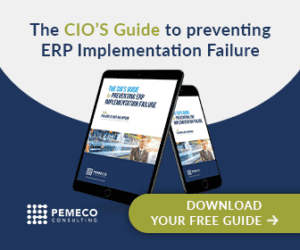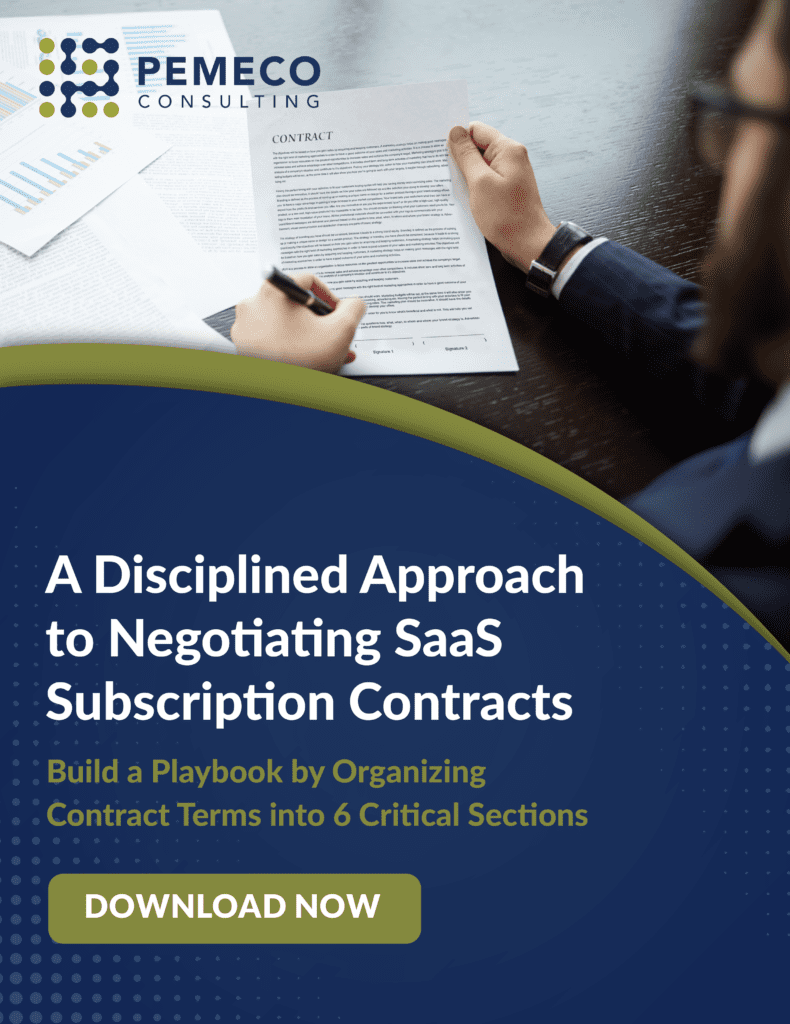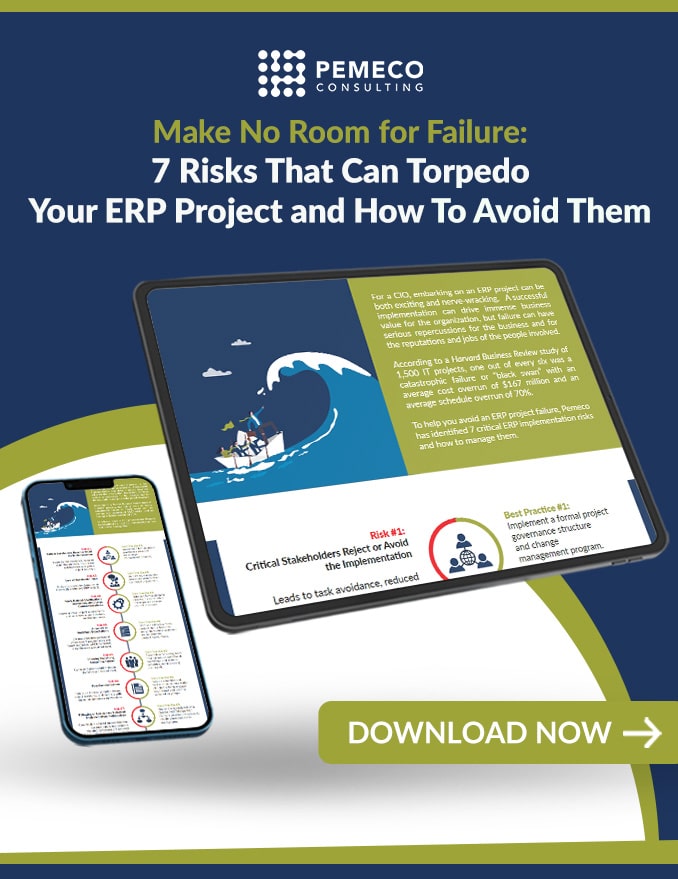The pandemic and other concurrent events (the March, 2021 Suez Canal blockage) are contributing to significant global supply chain issues. From constrained raw materials and manufactured goods to overburdened logistics networks, supply chain bottlenecks are creating economically challenging conditions. In September, the U.S. Federal Reserve predicted a 2021 inflation rate of 4.2%, which is significantly above its 2% target.
Because of supply chain volatility, North American manufacturers and distributors continue to miss customer order promise dates, leading to an erosion of trust, market share, and, ultimately, profitability. From cars to toys to lumber to chemicals to computer chips to food, it seems that most market sectors are impacted.
Supply Chain Resilience is More Important that Ever
Companies that can meet their delivery targets and best their competitors stand to gain significant and lasting competitive advantages. Customers – now wary of volatility – will funnel their purchases to vendors based on their ability to meet shorter lead time commitments.
When we help clients optimize their supply chain operations, we generally implement a supplier scorecard that provides our clients with an analysis of supplier performance. If you as a supplier are falling below the grade and your competitors’ performance, you can expect to see customer order volumes decrease. In contrast, if you develop a resilient supply chain – and outperform your competitors – you can expect to build stronger customer relationships.
5 Ways to Build a Resilient Supply Chain with ERP
Here are five ways to leverage your ERP investment to build a resilient supply chain:
- Develop alternate sources of supply. For critically constrained goods, identify alternate sources of supply. Many ERP systems have functionality that allow you to source common parts from multiple vendors. In addition to buying the same product from different vendors, many ERP systems also have “substitute” functionality that allows you to substitute functionally similar products.
- Spread your purchases. With their own capacity constrained, many suppliers are prioritizing their best customers for their own limited supply. Don’t just identify alternate sources of supply, use them. By spreading your purchases across multiple suppliers, you’re building relationships that can make you a priority customer. Also, by doing so, you will be developing a foundation for a responsive and agile supply chain. As one vendor’s performance dips, you have an easy ability to shift your purchases to others. The bottom line: don’t put all of your eggs in one supplier’s basket.
- Update your lead times. Some ERP systems have sophisticated supply chain planning functionality that dynamically recommends lead-time adjustments based on actual vendor performance. Many systems do not. In the absence of this type of intelligence, we recommend a routine process to periodically review and update your product lead-times by vendor. That way, when you run your planning engine, your system will suggest that you place purchase orders at the right time.
- Implement a supplier scorecard. Modern systems offer robust dashboarding and analysis functionality. And, many come with pre-built supplier scorecards. From a best-practices perspective, you should establish supplier targets and develop policies to both shift purchases and source alternate vendors. Real-time analysis enables quicker decision-making and agility, and could give you the edge against your competitors. Standard dimensions to include on a supplier scorecard include lead-times, on-time delivery, fill rates, price, and quality.
- Implement a customer dashboard. If your customer service levels are dropping, you want an opportunity to address this before your customers do. Implement a customer scorecard that gives you on-demand visibility. In addition to the standard OTIF metrics (on-time, in full), consider adding claims, returns, quality, and price to the scorecard dimensions. When performance falls, pick up the phone and manage the relationship. Your customers have commitments that depend on your company’s performance. If you cannot fix the issue, you can at least give your customers advanced notice and an opportunity to update their customers and internal lead-times.
Are you looking to optimize your supply chain business processes and your ERP implementation? Learn about our ERP optimization services and book a meeting with our team today.





